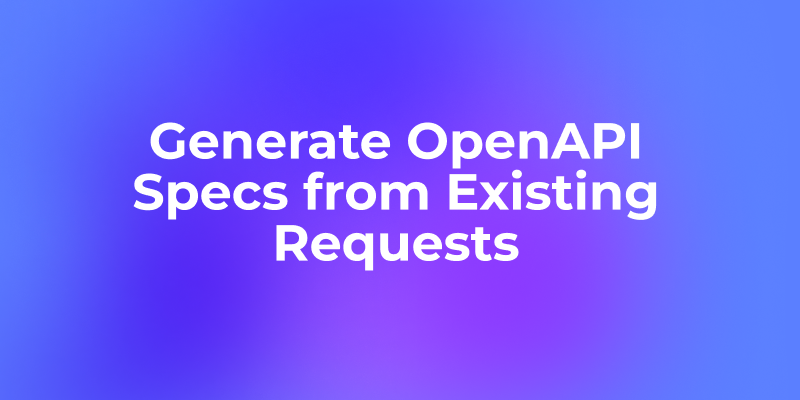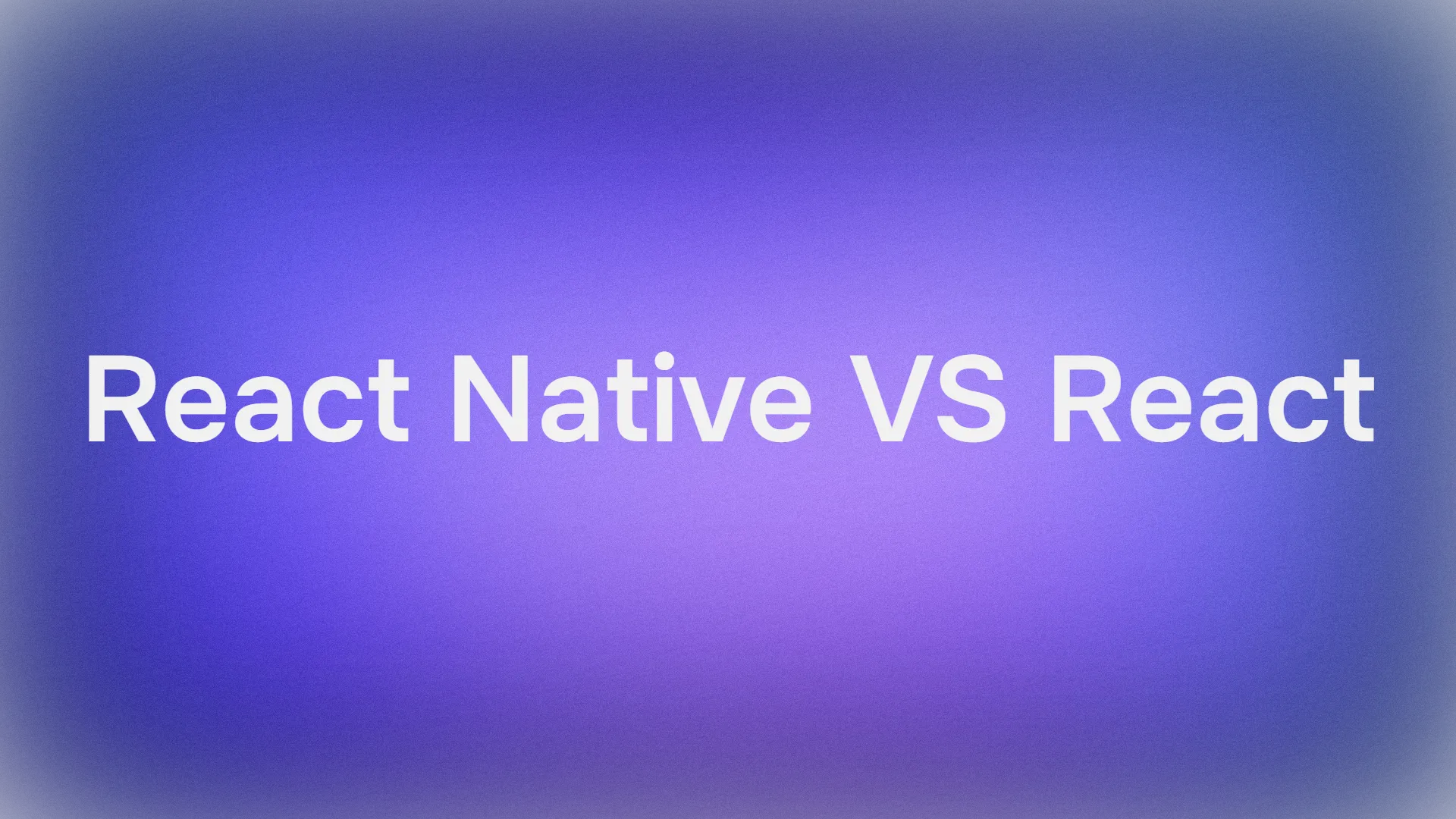Creating multilingual applications has become essential for reaching international audiences. However, traditional internationalization (i18n) approaches often require significant code refactoring, complex configuration, and ongoing maintenance overhead. This is where Lingo.dev revolutionizes the localization process.

Lingo.dev is an open-source, AI-powered internationalization toolkit that transforms how developers approach multilingual applications. By leveraging advanced language models and intelligent automation, it eliminates the traditional pain points of localization, making it possible to translate entire applications with minimal effort and maximum accuracy.
This comprehensive tutorial will guide you through the entire Lingo.dev ecosystem, from initial setup to advanced implementation strategies. Whether you're building a simple website or a complex enterprise application, you'll learn how to harness the power of AI-driven localization to create truly global software.
Want an integrated, All-in-One platform for your Developer Team to work together with maximum productivity?
Apidog delivers all your demands, and replaces Postman at a much more affordable price!
Getting Started with Lingo.dev
Prerequisites and Environment Setup
Before beginning your Lingo.dev journey, ensure your development environment meets these requirements:
- Node.js: Version 16.0 or higher is required for optimal compatibility
- Package Manager: npm, yarn, or pnpm (pnpm is recommended for monorepo setups)
- React Application: For Compiler usage, you'll need an existing React project
- API Key: While many features work offline, advanced AI models require an API key
Installation Process
The beauty of Lingo.dev lies in its straightforward installation process. For most use cases, a single command gets you started:
npm install lingo.dev
This command installs the core package, which includes all four components. Depending on your specific needs, you might also want to install additional packages:
# For TypeScript support
npm install --save-dev @types/lingo.dev
# For specific framework integrations
npm install lingo.dev-next # Next.js specific features
npm install lingo.dev-vite # Vite specific features
Initial Configuration
After installation, create a configuration file to define your localization settings. The configuration approach varies based on which component you're using, but the core concepts remain consistent.
For a typical React application using the Compiler, create a lingo.config.js file in your project root:
module.exports = {
// Define your source language
sourceLocale: "en",
// Specify target languages for translation
targetLocales: ["es", "fr", "de", "ja", "zh"],
// Configure AI models for translation
models: {
// Use specific models for language pairs
"en:es": "gpt-4",
"en:fr": "claude-3",
// Default model for all other pairs
"*:*": "groq:mistral-saba-24b",
},
// Advanced options
caching: {
enabled: true,
directory: ".lingo-cache",
},
// Quality assurance settings
validation: {
checkPlurals: true,
validateVariables: true,
ensureCompleteness: true,
},
};
Implementing the Compiler
Next.js Integration
For Next.js applications, the Compiler integration is remarkably elegant. Modify your next.config.js or next.config.ts file:
import lingoCompiler from "lingo.dev/compiler";
const nextConfig = {
// Your existing Next.js configuration
reactStrictMode: true,
images: {
domains: ["example.com"],
},
};
// Wrap your config with the Lingo compiler
export default lingoCompiler.next({
sourceLocale: "en",
targetLocales: ["es", "fr", "de", "ja"],
models: {
"*:*": "groq:mistral-saba-24b",
},
useDirective: true,
})(nextConfig);
Understanding the Compilation Process
When you run next build with this configuration, the Compiler performs several sophisticated operations:
- Static Analysis: It parses your entire React component tree, identifying all text content
- Context Extraction: The AI analyzes surrounding code to understand context for accurate translation
- Translation Generation: Each identified string is translated using the specified AI model
- Bundle Creation: Separate bundles are generated for each target language
- Optimization: Translations are deduplicated and optimized for minimal bundle size
Writing Translation-Ready Components
While the Compiler doesn't require special syntax, following certain patterns ensures optimal translation quality:
// Good: Clear, complete sentences
function WelcomeMessage() {
return (
<div>
<h1>Welcome to Our Platform</h1>
<p>Start your journey by exploring our features.</p>
</div>
);
}
// Better: Using semantic HTML for context
function ProductCard({ product }) {
return (
<article>
<h2>{product.name}</h2>
<p className="price">${product.price}</p>
<button>Add to Cart</button>
</article>
);
}
// Best: Including aria-labels for accessibility
function Navigation() {
return (
<nav aria-label="Main navigation">
<a href="/home">Home</a>
<a href="/products">Products</a>
<a href="/about">About Us</a>
</nav>
);
}
Mastering the CLI
Basic Translation Commands
The CLI provides powerful capabilities for translating files outside your application code. Here's how to use it effectively:
# Translate a single file
npx lingo.dev translate data/content.json --to es,fr,de
# Translate an entire directory
npx lingo.dev translate content/ --to ja --recursive
# Translate with specific model
npx lingo.dev translate README.md --to zh --model gpt-4
Advanced CLI Features
The CLI's intelligent caching system ensures efficiency by only translating changed content:
# First run: translates everything
npx lingo.dev run
# Subsequent runs: only translates changes
npx lingo.dev run --cache-dir .lingo-cache
You can also create translation workflows using configuration files:
# .lingo-cli.yml
version: 1
projects:
- name: documentation
source: ./docs
include: "**/*.md"
exclude: "**/drafts/**"
targetLocales: [es, fr, de, ja]
- name: content
source: ./content
include: "**/*.json"
targetLocales: [es, fr, de, ja, zh, ko]
model: claude-3
Handling Different File Types
The CLI intelligently handles various file formats:
JSON Files: Preserves structure while translating values
// Original
{
"welcome": "Welcome",
"features": {
"title": "Our Features",
"description": "Discover what we offer"
}
}
// Translated (Spanish)
{
"welcome": "Bienvenido",
"features": {
"title": "Nuestras Características",
"description": "Descubre lo que ofrecemos"
}
}
Markdown Files: Maintains formatting while translating content
# Original
## Getting Started
Follow these steps to begin.
# Translated (French)
## Commencer
Suivez ces étapes pour commencer.
Setting Up CI/CD Integration
GitHub Actions Configuration
Automate your localization workflow with GitHub Actions:
name: Automated Localization
on:
push:
branches: [main]
paths:
- "src/**"
- "content/**"
- "i18n.json"
jobs:
localize:
runs-on: ubuntu-latest
steps:
- uses: actions/checkout@v4
with:
token: ${{ secrets.GITHUB_TOKEN }}
- uses: actions/setup-node@v4
with:
node-version: "18"
- uses: lingodotdev/lingo.dev@main
with:
api-key: ${{ secrets.LINGODOTDEV_API_KEY }}
source-locale: en
target-locales: es,fr,de,ja,zh
- name: Commit translations
run: |
git config --local user.email "action@github.com"
git config --local user.name "GitHub Action"
git add .
git diff --staged --quiet || git commit -m "Update translations"
git push
Advanced CI/CD Strategies
For larger projects, implement sophisticated workflows:
name: Translation Review Process
on:
pull_request:
types: [opened, synchronize]
jobs:
translate-pr:
runs-on: ubuntu-latest
steps:
- uses: actions/checkout@v4
- name: Detect changed files
id: changes
run: |
echo "files=$(git diff --name-only ${{ github.event.before }} ${{ github.sha }})" >> $GITHUB_OUTPUT
- uses: lingodotdev/lingo.dev@main
with:
api-key: ${{ secrets.LINGODOTDEV_API_KEY }}
files: ${{ steps.changes.outputs.files }}
create-pr: true
pr-title: "Translations for PR #${{ github.event.number }}"
Leveraging the SDK
Real-Time Translation Implementation
The SDK excels at handling dynamic content that requires runtime translation:
import { LingoDotDevEngine } from "lingo.dev/sdk";
// Initialize the engine
const translator = new LingoDotDevEngine({
apiKey: process.env.LINGODOTDEV_API_KEY,
defaultModel: "groq:mistral-saba-24b",
caching: {
enabled: true,
ttl: 3600, // Cache for 1 hour
},
});
// Translate user-generated content
async function translateUserComment(comment, targetLanguage) {
try {
const translated = await translator.translate(comment, {
sourceLocale: "auto", // Auto-detect source language
targetLocale: targetLanguage,
context: "user comment on social media",
});
return translated;
} catch (error) {
console.error("Translation failed:", error);
return comment; // Fallback to original
}
}
// Batch translation for efficiency
async function translateMultipleItems(items, targetLanguage) {
const translations = await translator.translateBatch(items, {
sourceLocale: "en",
targetLocale: targetLanguage,
preserveFormatting: true,
});
return translations;
}
Advanced SDK Patterns
Implement sophisticated translation patterns for complex applications:
// Context-aware translation
class ContextualTranslator {
constructor(apiKey) {
this.engine = new LingoDotDevEngine({ apiKey });
this.contextCache = new Map();
}
async translateWithContext(text, metadata) {
const context = this.buildContext(metadata);
return await this.engine.translate(text, {
sourceLocale: metadata.sourceLanguage || "en",
targetLocale: metadata.targetLanguage,
context: context,
tone: metadata.tone || "neutral",
formality: metadata.formality || "casual",
});
}
buildContext(metadata) {
return `
Domain: ${metadata.domain || "general"}
User Type: ${metadata.userType || "consumer"}
Platform: ${metadata.platform || "web"}
Subject: ${metadata.subject || "general content"}
`;
}
}
// Usage
const translator = new ContextualTranslator(apiKey);
const translated = await translator.translateWithContext(
"Check out our latest features!",
{
targetLanguage: "ja",
domain: "technology",
userType: "developer",
formality: "professional",
}
);
Best Practices and Optimization
Performance Optimization
- Implement Intelligent Caching: Cache translations at multiple levels to minimize API calls
- Use Batch Operations: Group multiple translations into single requests
- Leverage CDN: Serve translated static assets from edge locations
- Implement Progressive Loading: Load translations for visible content first
Quality Assurance
Ensure translation quality through systematic validation:
// Translation validation middleware
function validateTranslation(original, translated, locale) {
const checks = {
// Ensure variables are preserved
variablesPreserved: () => {
const originalVars = original.match(/\{\{.*?\}\}/g) || [];
const translatedVars = translated.match(/\{\{.*?\}\}/g) || [];
return originalVars.length === translatedVars.length;
},
// Check for empty translations
notEmpty: () => translated.trim().length > 0,
// Validate HTML preservation
htmlPreserved: () => {
const originalTags = original.match(/<[^>]+>/g) || [];
const translatedTags = translated.match(/<[^>]+>/g) || [];
return originalTags.length === translatedTags.length;
},
};
return Object.entries(checks).every(([name, check]) => {
const result = check();
if (!result) {
console.warn(`Translation validation failed: ${name}`);
}
return result;
});
}
Troubleshooting Common Issues
Build-Time Issues
When encountering compilation problems:
- Clear Cache: Remove
.lingo-cachedirectory and rebuild - Verify Configuration: Ensure all locales follow ISO standards
- Check Dependencies: Update to latest Lingo.dev version
- Review Logs: Enable verbose logging with
DEBUG=lingo:*
Runtime Challenges
For SDK-related issues:
- API Key Validation: Verify key permissions and quotas
- Network Timeouts: Implement retry logic with exponential backoff
- Rate Limiting: Use request queuing and throttling
- Fallback Strategies: Always provide graceful degradation
Conclusion
Lingo.dev represents a fundamental shift in how we approach application localization. By combining AI-powered translation with developer-friendly tools, it transforms what was once a complex, time-consuming process into an automated, efficient workflow. Whether you're building a small website or a large-scale application, Lingo.dev's modular architecture provides the flexibility and power needed to reach global audiences effectively.
The key to success with Lingo.dev lies in understanding its components and choosing the right tool for each localization challenge. Use the Compiler for static React content, leverage the CLI for configuration and documentation, automate with CI/CD integration, and handle dynamic content with the SDK. By following the practices outlined in this tutorial, you'll be well-equipped to create truly multilingual applications that resonate with users worldwide.
As you continue your journey with Lingo.dev, remember that localization is not just about translation—it's about creating meaningful connections with users in their native languages. With Lingo.dev's intelligent automation and your thoughtful implementation, you can achieve this goal more effectively than ever before.
Want an integrated, All-in-One platform for your Developer Team to work together with maximum productivity?
Apidog delivers all your demands, and replaces Postman at a much more affordable price!



